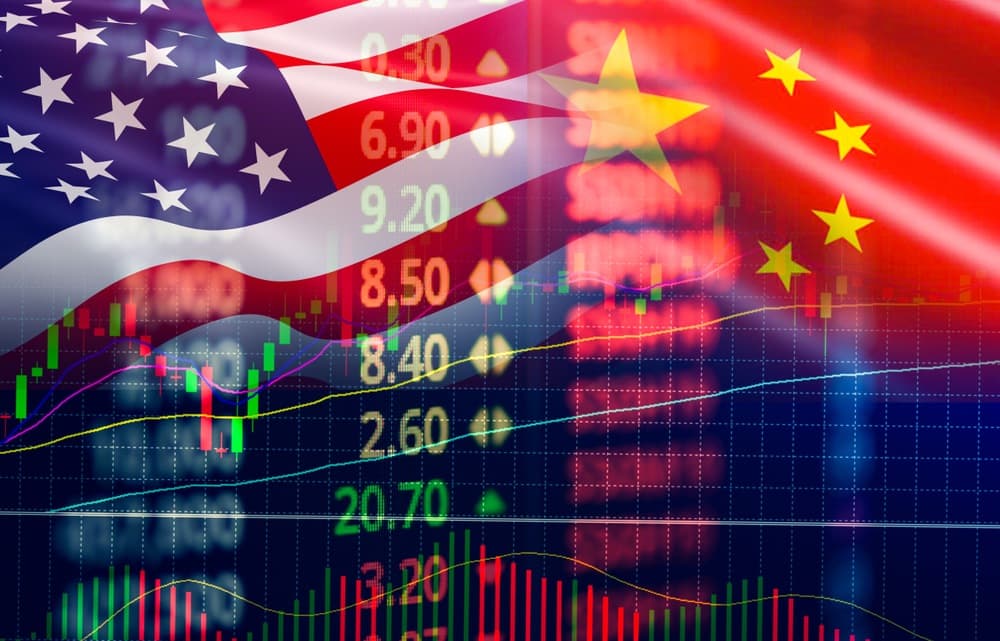
This morning’s ADP numbers weren’t didn’t just miss expectations for a gain of 98,000 jobs – it was the first negative read since March 2023:

ADP’s labor data trend shows a slowdown
Several factors are likely at play here. Rising uncertainty over Trump’s tariff and trade policies – even though he’s largely walked those back.
A bigger factor? The rise of AI.
Many big tech companies have been making layoffs this year, citing increased productivity as a reason. For instance, Microsoft just announced another 9,000 in layoffs.
Of course, when an individual company announces layoffs, it’s usually bullish for shares. That company is doing the same – or more – with a smaller headcount. That’s lower costs and higher productivity.
But in a world where every company can lay off a sizable percentage of their staff, we have more unemployed consumers, who tend to cut back on spending.
We haven’t yet seen the full paradox of AI productivity play out – but the trend is there – and growing.
~ Addison
Why Are 21 Billionaires Moving Their Money ASAP?Under the surface of the U.S. financial system… One of the biggest stock market events in 25 years is rapidly unfolding… The economist who predicted the 2008 Financial Crisis says it will be: “The Biggest Crash of Our Lifetime.” Starting August 27th — your favorite tech stocks like Nvidia, Apple, Microsoft, Google, and hundreds more could come crashing down… Cutting the entire tech market by HALF – virtually overnight. This is why the world’s financial elite are panic-selling stocks at the fastest rate in a decade. To help you prepare… Our guest expert is giving you his #1 stock to profit – 100% FREE. |
P.S.: Tomorrow, at 11 a.m. on Grey Swan Live!, Andrew and I will take stock of the first half of the year. We’ll do a comprehensive review of the model portfolio and review the prominent trends that have impacted stock prices and the economy during the dizzying first months of the second Trump administration. Stay tuned… it promises to be a doozy. Paid readers will definitely want to attend.
As always, your reader feedback is welcome: feedback@greyswanfraternity.





